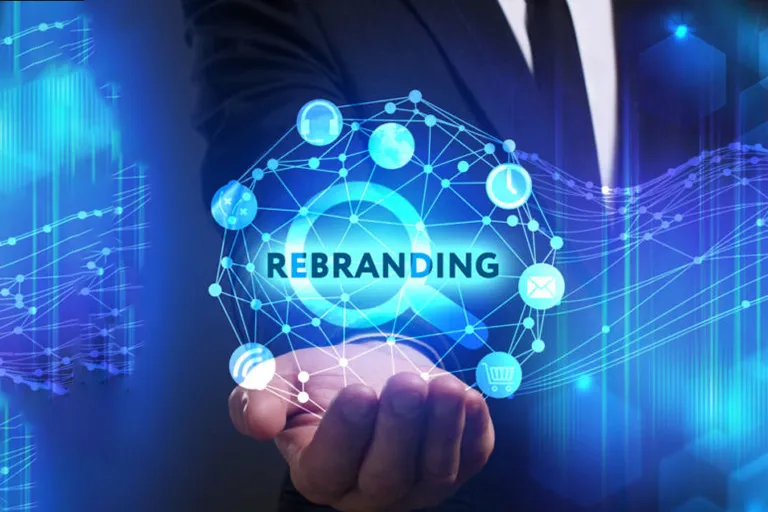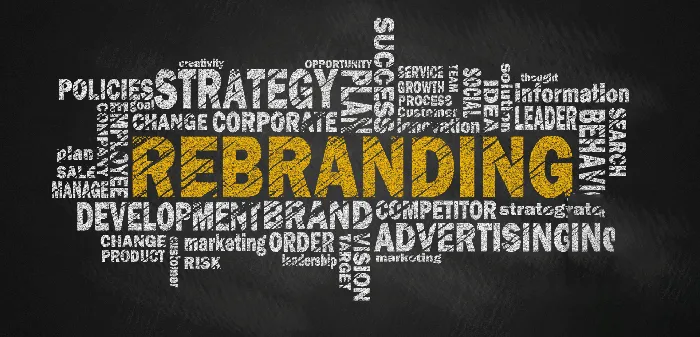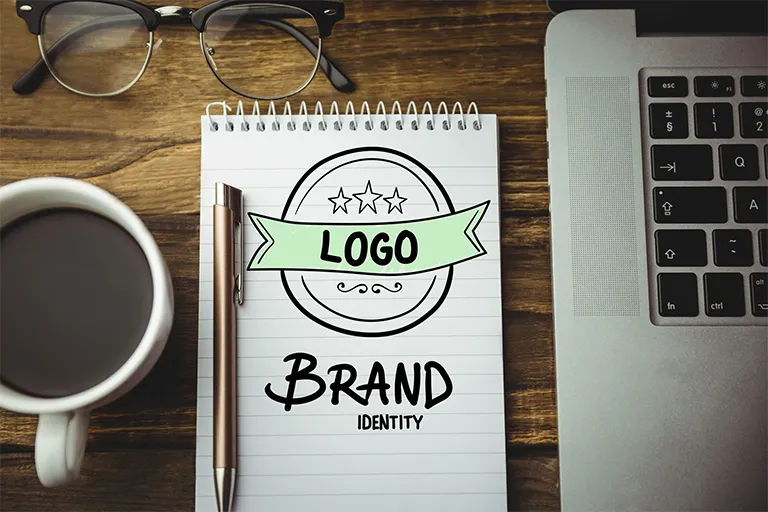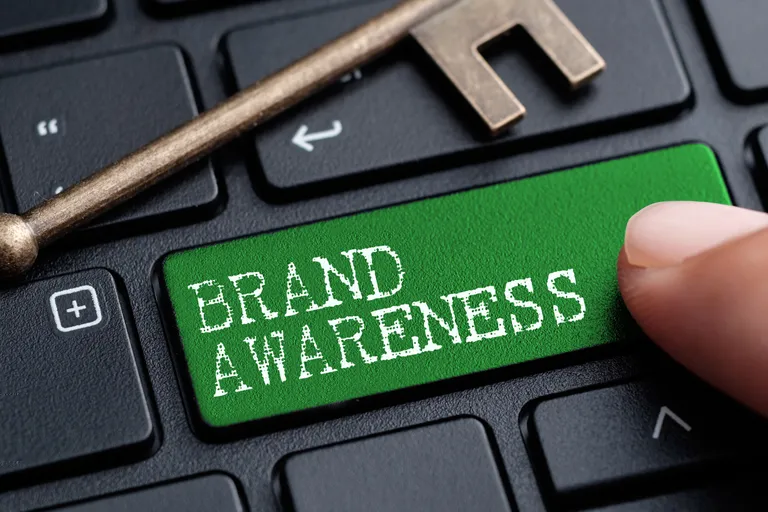Although the term rebranding (rebranding) or brand reconstruction and brand change is not a new phenomenon and is several decades old, perhaps the expansion of the entrepreneurial culture and the launch of startups has caused the prosperity of this term.
Until just a decade ago, if you wanted to bring up some examples of Iranian rebranding, you would be limited to a few cases such as bank brand changes or household appliance manufacturers. For example, the rebranding of Bank Mellat or the reconstruction of the Snowa brand.
But the increase in the use of mobile phones and the spread of startup culture in the country made each of our people face many examples of rebranding. Young businesses that started their work with a brand and at the same time with growth and development and attracting investors or being bought by other companies felt it necessary to make changes in their brand.
Digikala, Snap, Tapsi, Fastfood and Cafe Bazaar are examples of young Iranian businesses that have gone to rebuild their brand. Of course, in recent years, there have been many examples of rebranding outside of the startup space, among which we can mention Darsa’s rebranding.
Definition of rebranding
There are many differences of opinion about the definition of rebranding and its concept. These differences of opinion have caused that usually whenever a company goes for rebranding, it is attacked and criticized by different fronts.
Whenever rebranding happens, you should expect at least two groups to oppose it.
The first group is journalists. If they write an article praising and praising the rebranding, others will say they probably got paid to write an ad report . In addition, such positive content is read and republished less often. So, it can be assumed that journalists have a special desire to criticize and complain about rebranding.
The second group are branding specialists. If they approve and praise the rebranding, there is nothing left for them to do. In addition, they cannot simply take the pose of an expert. So it is still reasonable to criticize the rebranding. Because of this, whenever there is a serious rebranding in the industry, you should expect a flood of articles from brand experts, all with a title like: Were the changes made to brand X really a rebranding?
For example, when a company changes or modifies its logo, some say it’s rebranding, while others say it’s simply a change in the brand’s visual identity.
Perhaps for this reason, experts and big experts in this field suggest companies to invite well-known journalists and well-known branding advocates to their rebranding meetings so that their language will be short for criticism later.
Of course, keep in mind that change is always met with minimum support and maximum opposition.
Rebranding is a signal that is sent to stakeholders. The purpose of the signal is to let the stakeholders know that something or things have changed in the company.
Different levels of rebranding
Rebranding or brand reconstruction can be considered at three different levels:
- Rebranding at the product level or Product Rebranding
- Rebranding at the level of strategic business units or SBU Rebranding
- Rebranding at the company level or Corporate Rebranding
Rebuilding the brand at the product level is less complicated and we see many examples of it. But rebranding at the SBU and company level is more difficult and has more challenges.
Any kind of change in the name or logo or brand slogan is an example of rebranding and brand reconstruction. Therefore, we will not enter into such a discussion that such a change is only in the visual identity and is not considered an example of brand reconstruction.
Rebranding can be considered in two forms, partial and occasional changes (Evolutionary Rebranding) or fundamental and revolutionary changes (Revolutionary Branding).
Of course, pay attention to the fact that usually changes in the name, slogan and logo are accompanied by more fundamental changes at the company level, and there are rarely cases where such changes are made only at the level.
The essence of branding is based on the fact that an identity and message in the form of tools such as name, logo and slogan will last and have a long life. So, to rebuild the brand and change these elements, there must be a serious reason and motivation to justify the heavy costs of this work.
4 reasons for rebranding
There can be various reasons and motivations for rebranding. We will review a few of them below:
1- Change in ownership structure
When a company is acquired by or merged with another company, the parent company may decide to rebrand. In the sense that the parent company may prefer to include hints of its own name and logo in the identity of the acquired company.
Of course, the ownership structure is not necessarily going to change in legal form. Sometimes, a change in the form of interaction and cooperation can be an incentive for rebranding. For example, Zodfood changed its name to Snapfood after operating alongside Snap for a while, under the ownership of Iran Internet Group, to send a clear message to the market for the expansion of Snap’s brand umbrella.
But don’t forget that this type of rebranding is subject to the policies of the parent company. You can see the picture of this policy in L’Oréal’s brand. This company has bought many brands such as Kiehl, Vichy and Yves Saint Laurent, but it has always insisted that we respect the identity of the brands and prefer them to experience growth and development in the same platform where they were formed from the beginning.
2- Change in strategy
Change in company strategy is another motivation for rebranding. Rebranding is usually an option on the table when a company decides to enter new markets or leave a portion of its old markets.
Perhaps an old and well-known example in this field is the Tokyo company Sushin Kogyo, which chose the name Sony when it decided to enter global markets.
Moving towards international markets is still one of the main motivations in brand reconstruction.
3- Change in the external environment
Sometimes changing customer and community concerns and actually environmental pressure can be a motivation for rebranding. For example, in recent years, people have developed an expectation that brands take their social responsibility in the field of protecting the environment more seriously.
Such an expectation is felt more seriously in the case of some brands and, for example, brands that operate in the field of fossil fuels.
For this reason, in the past decades, we have seen that some brands in the energy sector have rebranded. The change of the British Petroleum logo can be seen as an example of this trend.

Of course, it quickly became clear that this rebranding was more limited to the logo. According to branding experts, BP rebranding was limited to the change in the visual identity of the brand and did not spread to other aspects of the organization such as strategy, principles and values.
A change in the external environment can also be a change in the taste of people and society. For example, in recent years, the use of simpler designs has become more popular and the public taste likes complex designs with many details less. If we skip some luxury brands, this movement towards logo simplification can be seen in many brands.
As an example of these changes, it is enough to think about the change in the appearance of the Apple brand.
4- Change in the negative image
It is not always supposed to change the appearance of the brand (name, logo or slogan) along with changes inside the collection.
Sometimes we don’t want to change ourselves. But we want to change and improve the way the outside world looks at us without changing the inside, regardless of how honest or ethical we are in doing so.
A good example in this regard can be the rebranding to Altria:

When Philip Morris felt that a negative image of this brand was formed in the market and basically the general public’s view of the tobacco industry was negative, it changed its brand from Philip Morris to Altria with some superficial changes and one can say the appearance of its brand.
Altria is a meaningless word. But it is co-rooted with Altus in Latin meaning deep, rooted and high, and of course words like Altitude are also from the same root. This type of naming was either completely unprecedented for the audience and had a neutral meaning, or it induced a positive meaning.
Of course, this example should not make you think that this type of rebranding is always a mistake or a scam. Your company may be really valuable and valuable , but you come to the conclusion that the market does not have the right image of your brand and rebranding can help you.
Rebranding process
Three main steps are defined for rebranding. In the first step, you have to decide what is the purpose of changing and rebuilding the brand, and in this step you have two options:
- Trying to change the external image of the brand without changing the internal identity
- Trying to change the brand identity and external image of the brand
After you have decided on the goal of the change, you enter the internalization step of the change. Your colleagues in the company and everyone who works with you should understand exactly what happened and why it happened.
If you’re revamping your brand identity , what are the new changes? If you are just looking to improve the brand image , what were the previous undesirable features that you have now decided to change.
If you have a small company, these conversations and information can be done in a few simple meetings. But in large companies, you may have to make numerous and extensive plans with the presence of employees and make sure that everyone understands the roots and motivations of this change.
In the third stage, you enter externalization. That is, you have to tell the community, and specifically, your stakeholders, what happened.
Here the policies of the companies are very different. Some companies insist on explaining the details of the brand change and its motivations and reasons and philosophy.
Sometimes companies close and run big advertising campaigns , but only announce changes in appearance such as name, logo, and slogan, preferring to remain silent about the motivations and origins and let the market discover them gradually.
Common mistakes in rebranding
At the beginning, we said that rebranding usually faces criticism, and we attributed a large part of these criticisms to the expression of journalists, analysts, and branding experts.
But it is not fair to say that any criticism raised anywhere is selfish and the critic is only seeking to raise his name.
However, rebranding means that the company wants to break or at least change its connection with its past. If most of the stakeholders cannot understand the reason and motivation of this move, it is reasonable to consider the rebranding as a failure.
Rebranding is usually not cheap. Just imagine that a bank has to change thousands of door signs and hundreds of thousands of brochures and letterheads during the rebranding process. In addition to these, there will be a need to hold unveiling meetings, training, explaining the reason for rebranding and the like.
So it’s better to ask yourself before rebranding: what will happen if the brand is not rebuilt?
If your answer is that nothing special will happen, it is better to skip rebranding. If you don’t do that, be prepared for the society, customers, media and analysts to be indifferent to these changes or worse, treat you harshly.
Also, keep in mind that if rebranding really involves changes in your attitude, organizational culture, and strategy , start with the changes first and then move on to changing your brand’s look and feel. Otherwise, you are likely to fall into the trap of premature and immature Singhalese.
After seeing the external transformation, the audience will try to search for its deeper roots, and when they conclude that a certain transformation has not happened, they will lose their faith in your rebranding, and as a result, it will be difficult to tell them what What we did months ago or a year ago was a prelude to the changes we’ve just made.
In short, I suggest that you try to make the internal and deep change before the external and external change of your brand.
In the end, I am interested to know which rebranding has caught your attention over the years domestically or globally and why? We will be glad if you share your comments with us.















